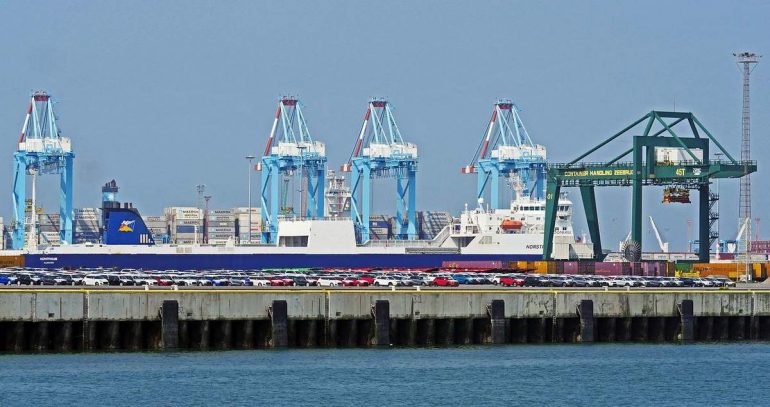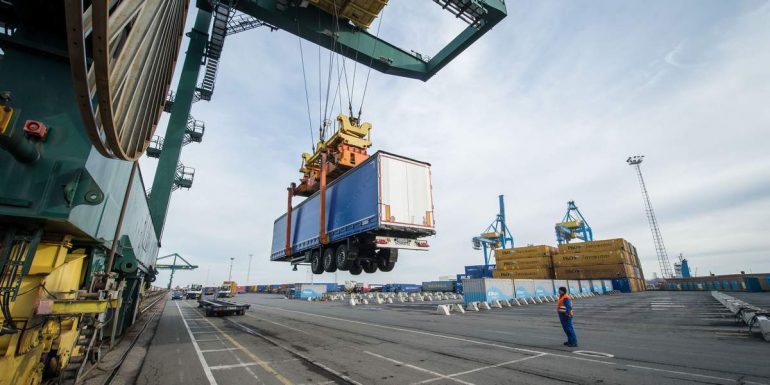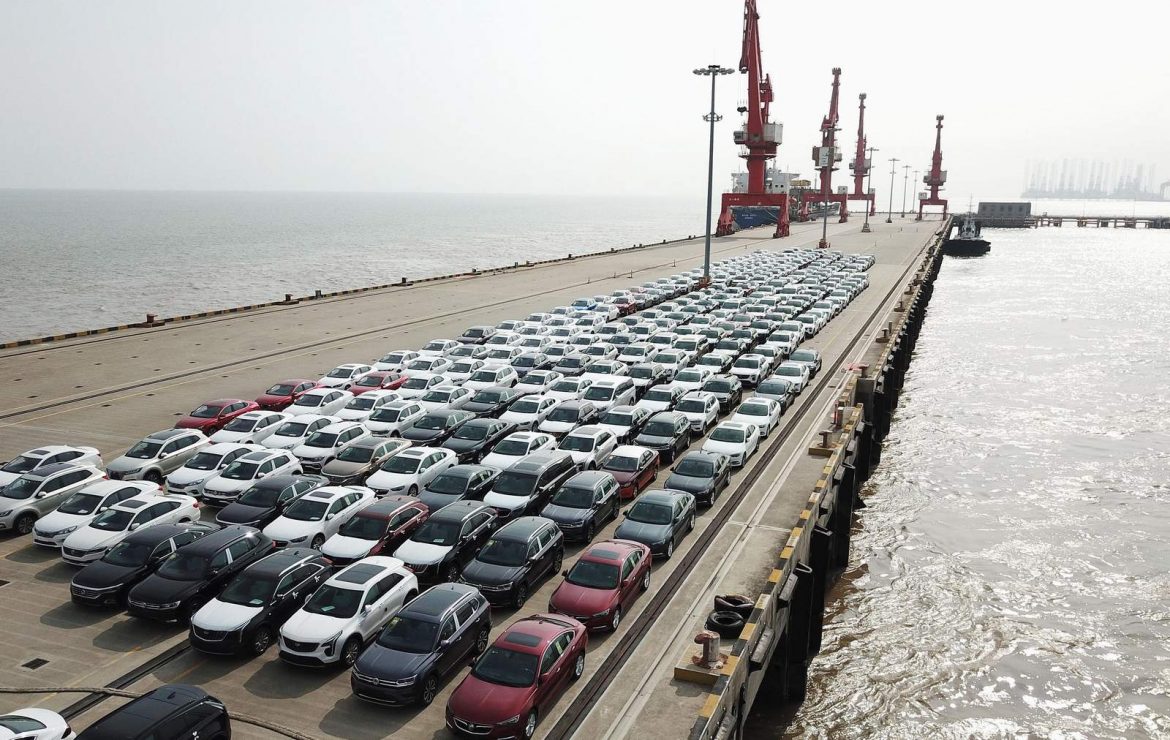Unprecedented sanctions against Russia for the invasion of Ukraine have been designed to cripple the country’s economy and penalize Putin and his associates. However, the complexity of the web of sanctions is also taking a toll on European nations that are finding it hard to navigate through the measures to penalize Russia. According to a new report by the Wall Street Journal, around 8,000 luxury cars destined for Russia are stuck at the Port of Zeebrugge in Belgium as authorities are finding it very difficult how to interpret and enforce sanctions against Russia. The massive buildup of cars at the port includes thousands of luxury vehicles that arrived from Asia in the first week of April and include some of the newest Cadillac, Mercedes, and Lexus models.

All the cars stuck at the port were supposed to be shipped to Russia, however, they were subjected to a luxury ban that prohibits vehicles worth more than €50,000 (around $54,000) from being exported. Zeebrugge port officials claim more than 1,000 containers on their way to Russia have been stopped from being sent to Russia for checks. Zeebrugge is one of the biggest vehicle transshipment ports in Europe that sees the movement of more than two million cars a year. However, it’s not just Zeebrugge but many other export hubs around Europe that are facing similar issues.

“There is a lot of confusion, and we need from authorities a list of ships that we should be looking out for,” said Isabelle Ryckbost, secretary-general of the European Sea Ports Organization, a trade body grouping the EU’s biggest ports. “Supply chains are already massively disrupted, and delays to check which ships and what products are banned adds to the strain.” The ESPO has demanded the EU for more staff and resources to be deployed to help them in determining which vessels and cargo are covered by the ban.

The automotive industry that has been severely affected by the pandemic and the semiconductor shortage is now finding it difficult to deal with the Ukraine war. “The vehicles came under the luxury ban, but there is a range of other products stuck here that come under different sanctions,” said Marc Adriansens, director of the port’s car terminal. “The cars won’t likely move for a long time as they’ll probably be sold to different markets.”

